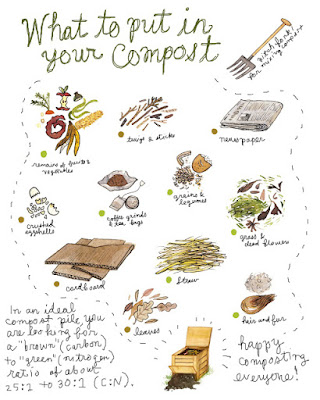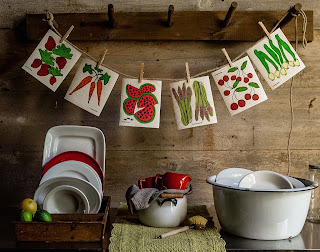--------
In my work at Faith in Place, I educate people on how to use smart meters to save money and reduce our impact on the earth. The less energy we use, the less energy is generated from coal-fired power plants, helping improve air quality for our neighbors (usually low-income and minorities) with breathing issues and asthma and improving quality of life for everyone. This is a way that people of faith can show love for God and neighbor--by actually taking steps to ensure care for creation and one another.
So, what's a smart meter? The Smart Power Illinois website is full of helpful information whether you live in Illinois or not, but put simply a smart meter is a digital electric or gas meter that has two-way connectivity with your utility (like ComEd or Ameren). That means that if something is wrong, the utility will know sooner and be able to fix the problem faster. That also means you'll be able to see your usage from day to day or hour to hour rather than just month to month. You'll find helpful tools and graphs on your online account page to learn more about your usage so you can make more informed choices about your consumption. And you'll be able to participate in money and energy-saving programs such as peak time rebates or hourly pricing (check with your utility for specific names and information).
We are making great strides to update our power grid and eliminate our use of fossil fuels in the US and around the world, but until every household has access to wind or solar power, we'll need to focus on decreasing our coal emissions through reducing our use.
Even if you don't have a smart meter, you can still save energy. Below are 10 tips to save energy,
taken from the Faith in Place website:
1. Use your thermostat: Turning the temperature up by just a few degrees during the summer and turning it down during the winter are great strategies for putting your thermostat to work for your wallet.
2. Adapt to the temperature: Wearing a sweater at home during cold months and closing the shades against the sun during summer months will add to your comfort and savings.
3. Close unused air vents: If you have central air, you can close vents in rooms you're not using so that you're not paying to cool them.
4. Use the right bulb: Make sure you’re using the appropriate CFL/LED bulbs for your light fixtures – they come in various sizes and types for different lighting needs.
5. Set your computer to sleep or hibernation mode: Set your computer to sleep or hibernate so that it uses less electricity during periods of inactivity. Turn it off to save even more.
6. Unplug electronics & chargers: Many chargers draw power continuously, even when the device is fully charged or not plugged into the charger. Also consider purchasing a smart energy strip; turn it off to cut power to “ghosting” energy on TVs or infrequently used electronic devices.
7. Always wash your clothes in cold water: Laundry detergent works just as well, and your energy savings could be as much as 40 cents per load.
8. Reduce your water heater temperature: Adjusting the temperature from 140 degrees to 120 degrees will save you money, reduce scalding risks, and prolong the life of your water heater, while keeping water hot enough for showers and cleaning dishes.
9. Ceiling fans: If you have ceiling fans in your house, use them properly. Fans should run counter clockwise in the summer and clockwise in the winter. Fans cool people, so turn off in unoccupied rooms.
10. Turn off your water heater while you’re away: If you plan on leaving home for several days, turn off or turn down your water heater and start it up again when you return. Most models will reheat the water.
I'll admit that I don't do all these all the time. But that's OK! Because when I started learning more ways to save energy, I became better at remembering to do them. I got my kids involved, too, and they help Todd and I to unplug things not being used. And when I remember the reasons why I conserve energy--to show my love for others and to honor my creator--I work harder.
How do you conserve energy at home? Which of these is the easiest? Hardest?


















